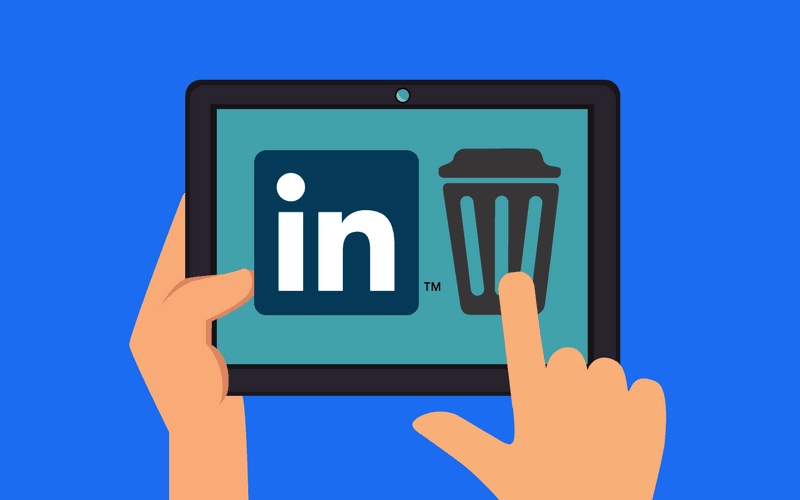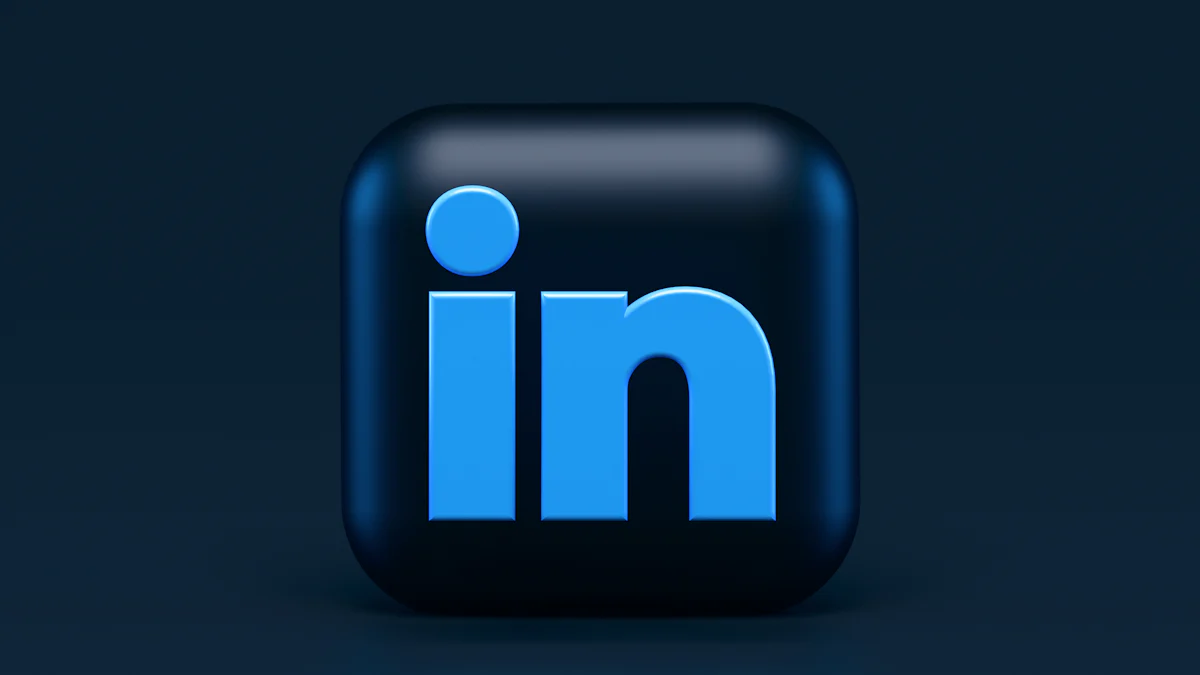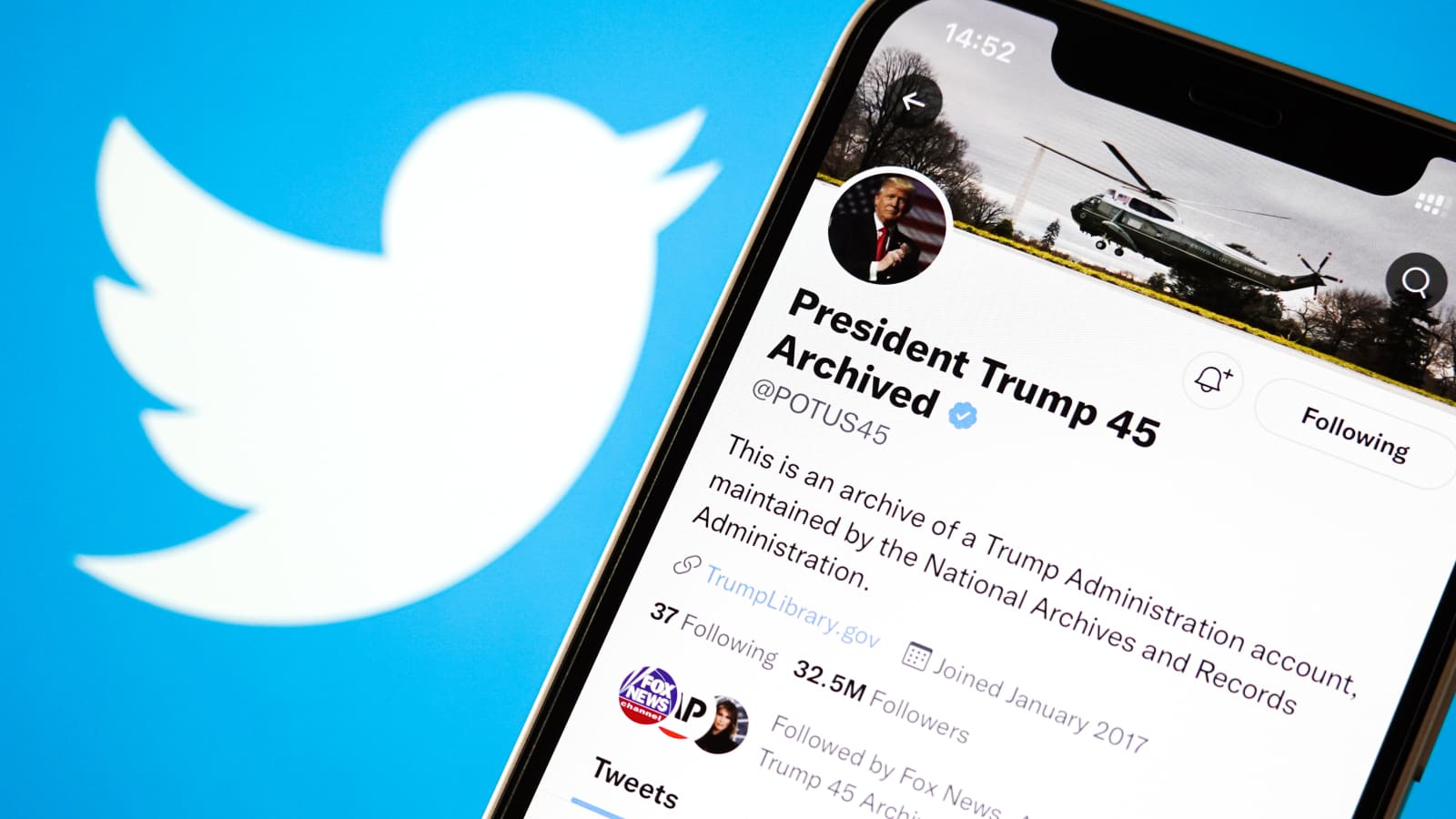
Understanding the Consequences of Deleting Your LinkedIn Account
LinkedIn is a powerful professional networking platform that allows individuals to connect with colleagues, showcase their skills and experience, and explore job opportunities. However, there may come a time when you decide that LinkedIn no longer serves your needs or you simply want to take a break from the platform. Before you proceed with deleting your account, it's important to understand the consequences and implications of this decision.
What happens when you delete your LinkedIn account?
When you choose to close your LinkedIn account, several things will occur:
-
Deletion of Recommendations and Endorsements: Any recommendations or endorsements that you have given or received on LinkedIn will be permanently deleted. These endorsements are valuable social proof of your skills and expertise within your professional network.
-
Removal of Messages and Connections: Closing your account means losing access to all the messages and connections you have made on LinkedIn. This can be particularly significant if you have built a substantial network over time.
-
Permanent Deletion of Profile: Your profile will no longer be visible on LinkedIn once your account is closed. This means that any information, such as work experience, education, skills, and accomplishments, will no longer be accessible to others on the platform.
-
Temporary Display in Search Engines: While closing your LinkedIn account removes your profile from the platform itself, search engines like Yahoo!, Bing, and Google may still display snippets of information temporarily. This is because search engines collect and update their data independently from LinkedIn.
-
Loss of Recommendations and Endorsements: All the recommendations and endorsements you have collected on your LinkedIn profile will be lost once you delete your account. These testimonials from colleagues and peers can provide valuable credibility for potential employers or clients.
-
Consider Downloading Your Data: Before closing your account, it's advisable to download a copy of your data from LinkedIn. This includes information such as connections, messages, recommendations, and endorsements. Having a backup of this data can be useful for future reference or if you decide to rejoin LinkedIn later on.
-
Resolving Premium Memberships and Licenses: If you have a premium membership, own a LinkedIn group, or have a premium account license, you will need to resolve those accounts before closing your basic LinkedIn account. This ensures that any financial obligations or commitments associated with these premium features are addressed.
It's essential to carefully consider these consequences before proceeding with deleting your LinkedIn account. While it may seem like a simple decision, the permanent removal of your profile and associated data can have long-lasting effects on your professional network and online presence.
In the next section, we will provide a step-by-step guide on how to delete your LinkedIn account should you decide that it is the right course of action for you.
Image Source: Unsplash
Step-by-Step Guide to Deleting Your LinkedIn Account
If you have made the decision to delete your LinkedIn account, follow these step-by-step instructions to ensure a smooth closure:
Step 1: Log in to your LinkedIn account
To begin the process of deleting your LinkedIn account, log in using your credentials. If you are unable to access the account you wish to close, LinkedIn provides assistance for regaining access through email recovery or password reset options.
Step 2: Go to the 'Settings & Privacy' page
Once logged in, locate your profile picture at the top right corner of the LinkedIn homepage. Click on it and a dropdown menu will appear. From this menu, select "Settings & Privacy" to proceed.
Step 3: Navigate to the 'Account' tab
On the left side of the page, you will see several tabs. Look for and click on the "Account" tab. This will take you to a section where you can manage various aspects of your LinkedIn account.
Step 4: Click on 'Closing your LinkedIn account'
Scroll down within the "Account" tab until you find the section titled "Closing your LinkedIn account." Within this section, there will be a link that says "Closing your LinkedIn account." Click on this link to initiate the closure process.
Step 5: Provide a reason for closing your account
LinkedIn will ask you to provide a reason for closing your account. You can choose from one of their provided options or enter your own reason in the text box provided. This feedback helps them understand user preferences and improve their platform.
Step 6: Confirm the closure of your account
After providing a reason for closing your account, LinkedIn will present you with some information about what happens when you delete your account. Take a moment to review this information before proceeding. Once you are ready, click on the "Next" button.
Step 7: Enter your password and click 'Close Account'
To ensure the security of your account closure, LinkedIn will require you to enter your LinkedIn account password. This step confirms that you are the authorized user and prevents accidental or unauthorized closures. Enter your password in the designated field and then click on the "Close Account" button to finalize the process.
Congratulations! You have successfully deleted your LinkedIn account. Your profile, connections, messages, recommendations, endorsements, and other associated data will be permanently removed from the platform.
It's important to note that once you close your account, there is no way to reactivate it or retrieve any of the deleted information. Therefore, make sure this is the right decision for you before proceeding.
In the next section, we will discuss whether it is possible to reopen a closed LinkedIn account and how to go about doing so if necessary.
Reopening a Closed LinkedIn Account
If you have recently closed your LinkedIn account but have had a change of heart, there may be an opportunity to reopen it. However, there are certain limitations and considerations to keep in mind.
Can you reopen a closed LinkedIn account?
In most cases, LinkedIn allows users to reopen their accounts if they were closed less than 14 days ago. This means that if you decide to reactivate your account within this timeframe, you can regain access to your profile and associated data. However, it's important to note that there are certain limitations to what can be recovered.
While reopening your account will restore some aspects of your profile, such as connections and basic information, there are certain types of data that cannot be recovered even if you choose to reactivate your account. This includes recommendations and endorsements that were previously given or received on your profile. Additionally, any messages or content that was deleted during the closure process cannot be retrieved.
How to reopen a closed LinkedIn account
If you have changed your mind within 14 days of closing your LinkedIn account and wish to reopen it, follow these steps:
-
Contact LinkedIn Support: Reach out to LinkedIn support by visiting their Help Center or support page. Look for the appropriate contact option, such as email or live chat.
-
Explain the Situation: Clearly explain that you recently closed your account but would like to reopen it. Provide any necessary details requested by the support team.
-
Follow Instructions: The LinkedIn support team will guide you through the process of reopening your account. They may require additional information or verification steps to ensure the security of the reactivation process.
-
Review Restored Data: Once your account is reopened, review the restored data and ensure everything is as expected. Take note of any missing information or features that could not be recovered.
It's important to act promptly if you wish to reopen a closed LinkedIn account since there is a time limit of 14 days from the date of closure. After this period, it becomes increasingly difficult or impossible to recover the deleted data.
Remember that reopening an account should only be done if you are confident in using LinkedIn again and find value in its features for professional networking purposes.
Conclusion
Deleting your LinkedIn account is a decision that should not be taken lightly. While the process itself may be straightforward, it's crucial to understand that deleting your account is a permanent action with significant consequences. Before you proceed with closing your LinkedIn account, consider the following points:
-
Permanent Removal of Data: Once you delete your account, all of your data will be permanently removed from the site. This includes your profile information, connections, messages, recommendations, endorsements, and any other content associated with your account. It's important to make sure you have backed up any data you wish to keep before initiating the closure process.
-
No Option for Reactivation: Deleting your LinkedIn account means there is no option for reactivation in the future. Once the closure is complete, you will not be able to regain access to your profile or retrieve any deleted data. Consider whether this aligns with your long-term goals and if there are alternative solutions that may better suit your needs.
-
Think About Your Professional Network: LinkedIn is a valuable platform for professional networking and connecting with colleagues and industry peers. Closing your account means severing these connections and potentially losing touch with valuable contacts. Evaluate whether there are alternative ways to maintain these relationships outside of LinkedIn or if there are steps you can take within the platform to address any concerns or issues.
Before proceeding with deleting your LinkedIn account, take some time for self-reflection and consider whether this decision aligns with your current professional goals and aspirations. If you are unsure about completely closing your account, explore other options such as adjusting privacy settings or limiting usage instead.
Remember that LinkedIn can be a powerful tool for career development, job searching, and building professional relationships. It offers opportunities for networking, learning from industry experts through groups and discussions, and showcasing your skills and experience to potential employers or clients.
If you do decide that closing your LinkedIn account is the right choice for you at this time, follow the step-by-step guide provided earlier in this article to ensure a smooth closure process.



